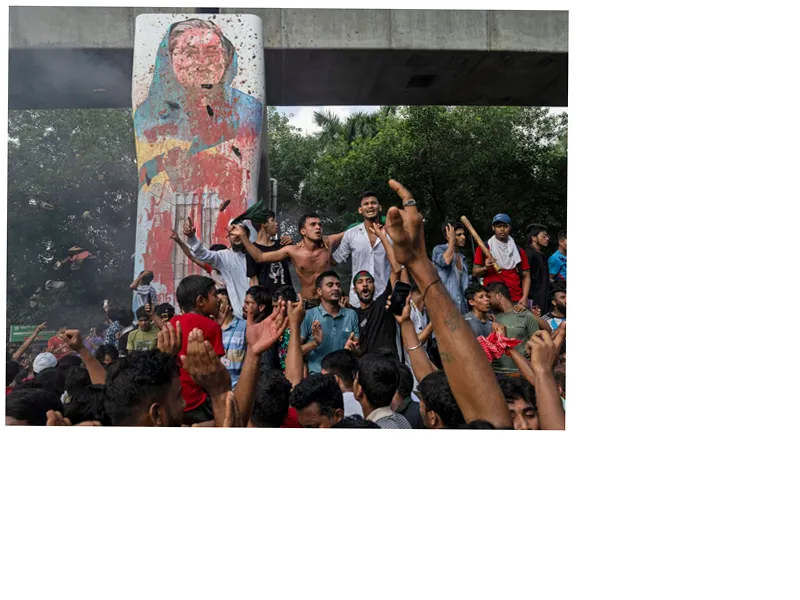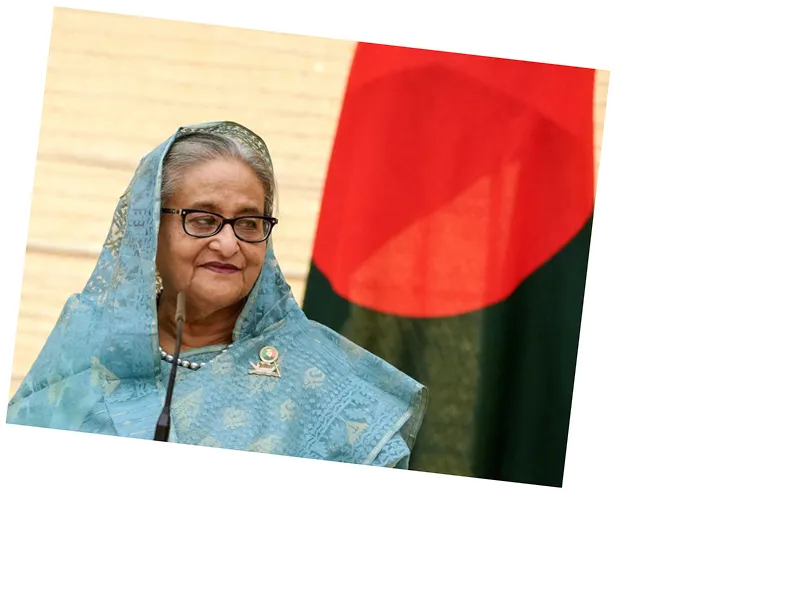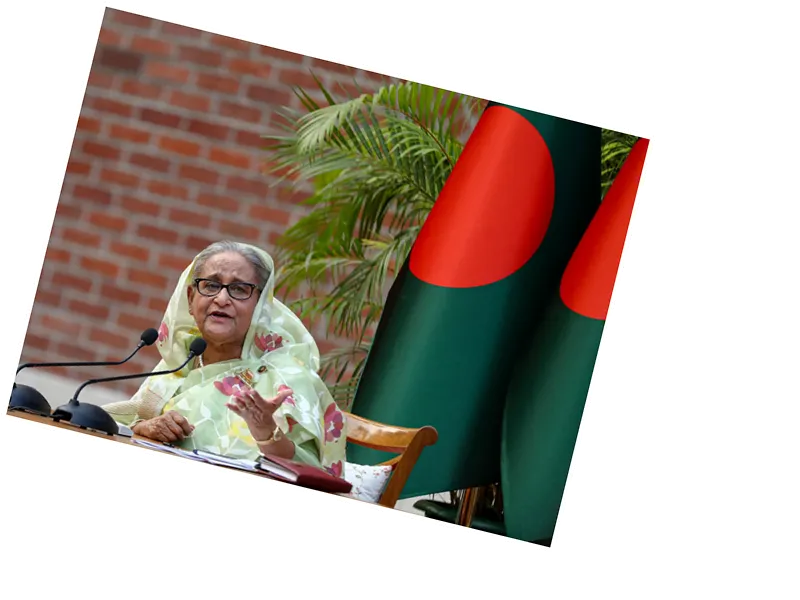The Economic Landscape of Bangladesh Under Sheikh Hasina's Rule
The tenure of Sheikh Hasina as Prime Minister of Bangladesh from 2009 to 2024 marked a significant period in the country's economic history. During these 15 years, Bangladesh's GDP surged from $102.4 billion to $437.4 billion, showcasing a remarkable increase. However, this growth came with challenges, including rising inflation, which nearly doubled from 5.4% in 2009 to 9.9% in 2023. Despite the impressive GDP figures, the burden of living increased for many families, indicating that economic growth did not translate into improved living conditions for all citizens. Poverty levels remained concerning, with the Human Development Index ranking Bangladesh 129th out of 193 countries, and a staggering 42.3% of the population experiencing severe poverty.
Challenges and Future Prospects for Bangladesh's Economy
The economic performance under Hasina's administration also revealed significant inequalities in income distribution. The richest 10% of the population captured approximately 29% of the total income, while the poorest 10% received only 3.5%. Moreover, unemployment statistics, often viewed as misleading, indicated a slight increase from 5% in 2009 to 5.1% in 2023, raising questions about the true state of job creation and economic inclusivity. As Bangladesh transitions to a new government following Hasina's ouster, there is hope for a more equitable and sustainable economic policy, particularly with the potential leadership of economic expert Dr. Muhammad Yunus. The future of the economy may hinge on addressing the structural weaknesses, such as reliance on the ready-made garment industry and the need for diversification in trade and industry.






